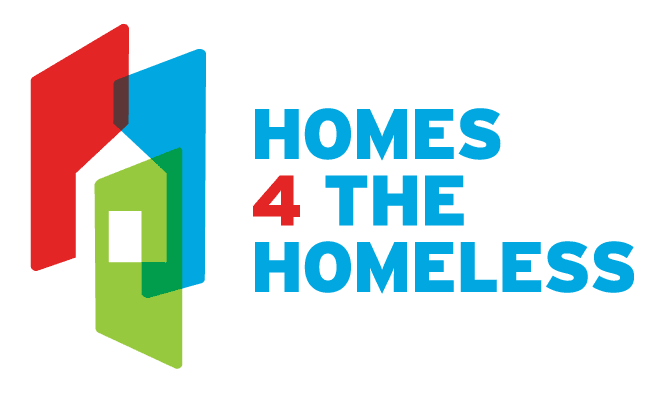Introduction
Homelessness, a critical and intricate worldwide issue, signifies more than the mere absence of fundamental necessities such as food, shelter, and clothing. It also stirs up a mixture of other difficulties, mental and other health problems, societal shaming, economic disparity, etc. Amid this profound complexity, art fosters well-being by enabling individuals to creatively channel their emotions, ideas, and viewpoints. It’s a well-known tool for personal development, mindfulness, and self-exploration. Before most children read and write, they make art. Among youth experiencing homelessness, art-making is more than mere artistic expression; it is a lifeline, therapy on the path to recovery and self-discovery.
The Therapeutic and Empowering Impact of Art
Art mirrors human emotions, stimulates introspection, and provokes feelings. Art’s therapeutic and empowering essence has proven to be a life-altering channel for those grappling with homelessness. Through diverse mediums and methods, art explores and reconciles emotions, enhances self-esteem, manages addictions, reduces anxiety, and lays a foundation for personal growth. Creating something tangible instills a sense of accomplishment and control, empowering individuals in their struggle.
Community-Centric Art Programs: Building Communities, Fostering Education and Rehabilitation
Art programs function as more than workshops; they create supportive networks, providing many services and opportunities ranging from self-expression to education. These community-centric initiatives cater to at-risk children, juveniles, and adults by offering an outlet for learning. In doing so, they open doors to new possibilities, including careers in the arts.
Art: A Gateway to Economic Empowerment and Employment
The ability of art to economically empower individuals is remarkable. Non-profit organizations that promote emerging artists ensure fair profits from sold artwork, contributing to local economic development. These endeavors transform artistic creation into a path toward financial stability and sustainable livelihood.
Art as a Platform for Advocacy and Instrument for Change
Art bears immense power and extends beyond its aesthetic function. As emphasized by the United Nations Millennium Development Goals, art can shift perceptions about poverty, aligning artistic movements with broader social initiatives and evolving into a political platform to challenge poverty globally. This approach yields unique solutions, transforming art into a tool of justice.
Fostering Innovation, Fundraising, and Resource Mobilization
Art inherently cultivates innovation, particularly when addressing social issues like inadequate housing or the effective utilization of public space. Artistic endeavors and communities organize events to raise funds for crucial programs addressing homelessness, which promotes interaction and solidarity among supporters.
Conclusion: Creative Compassion – Art as a Lifeline
In the face of homelessness, art-making becomes an occupation and a revolution, transforming lives and communities one brushstroke at a time. Art’s impact on homelessness is profound, bridging the gaps that separate us and providing solace to those without shelter. By embracing art’s therapeutic, empowering, and transformative power, we forge pathways that foster empathy, healing, and tangible change, inspiring us all to see the potential in every life. For youth experiencing homelessness, art is not just a lifeline; it’s a call to action, an echo of compassion, offering hope for the future. By acknowledging and leveraging art’s myriad influences on homelessness, we are fostering a world where everyone can paint their destiny regardless of circumstance.


